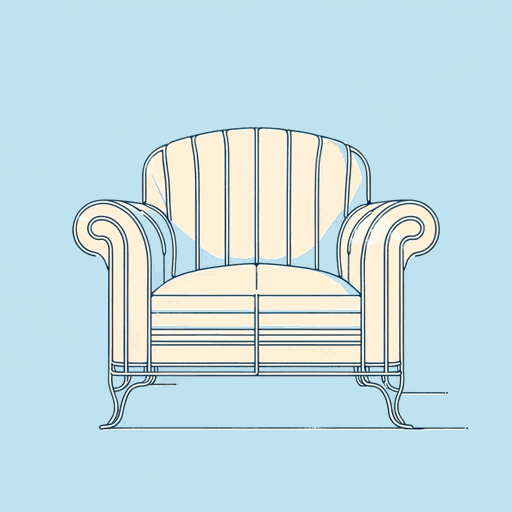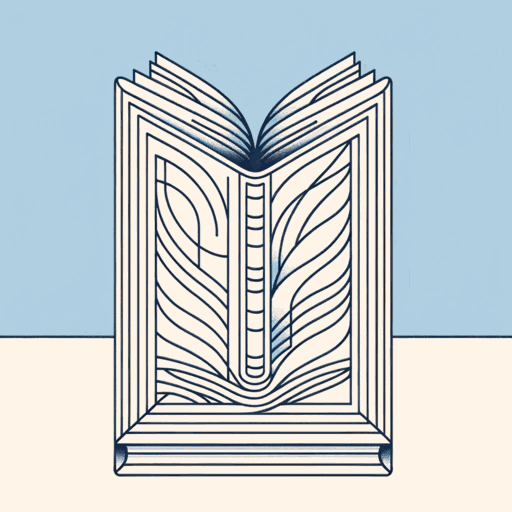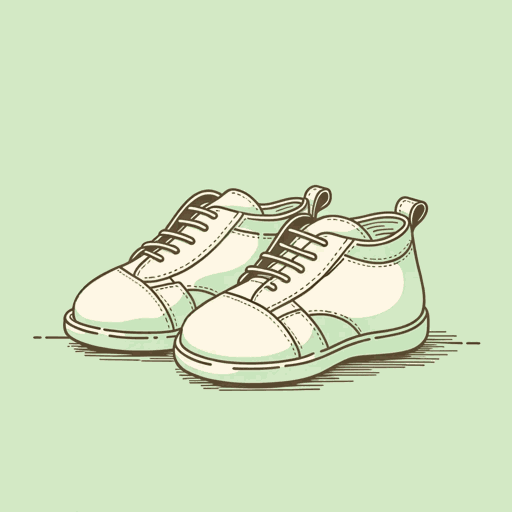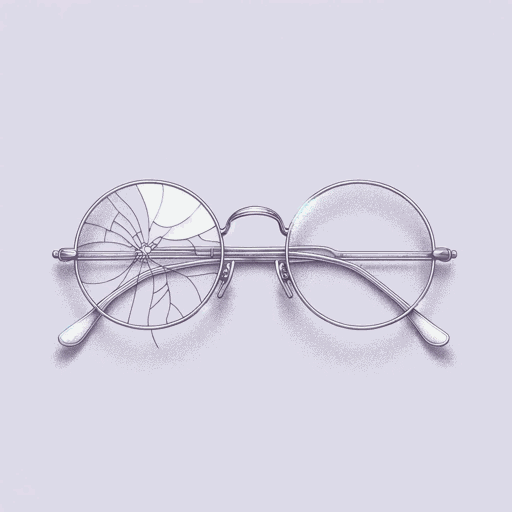45 pages • 1 hour read
Sigmund FreudThe Uncanny
Nonfiction | Essay / Speech | Adult | Published in 1919A modern alternative to SparkNotes and CliffsNotes, SuperSummary offers high-quality Study Guides with detailed chapter summaries and analysis of major themes, characters, and more.
Summary
“Screen Memories”
“The Creative Writer and Daydreaming”
“Family Romances”
Part 1, “Leonardo da Vinci and a Memory of His Childhood”
Part 2, “Leonardo da Vinci and a Memory of His Childhood”
Part 3, “Leonardo da Vinci and a Memory of His Childhood”
Part 4, “Leonardo da Vinci and a Memory of His Childhood”
Part 5, “Leonardo da Vinci and a Memory of His Childhood”
Part 6, “Leonardo da Vinci and a Memory of His Childhood”
Part 1, “The Uncanny”
Part 2, “The Uncanny”
Part 3, “The Uncanny”
Key Figures
Themes
Important Quotes
Essay Topics
Part 3, “The Uncanny”Chapter Summaries & Analyses
Summary: Part 3, “The Uncanny”
In the final section of his essay, Freud sets out to allay the doubts that have accumulated in his readers’ minds. Freud returns to his discussion of the semantics of the term heimlich on which his definition of the uncanny rests: “It may be true that the uncanny is nothing else than a hidden, familiar thing that has undergone repression and then emerged from it, and that everything that is uncanny fulfils this condition” (152).
Freud now claims to address the limitations of this definition, which does “not solve the problem of the uncanny” (152), namely, that the resurgence of “archaic material” is not always uncanny. Freud draws the example of the severed hand in Hauff’s fairytale, which he says is uncanny, but contrasts it with Herodotus’s story of Rhampsenitus, in which a severed hand has no uncanny effect. Yet in “The Ring of Polycrates,” the immediate realization of the king’s wishes is uncanny. However, Freud reasons, fairytales are full of wish-fulfilments that do not produce uncanny effects. This is because “fairytales […] adopt the animistic standpoint of the omnipotence of thoughts and wishes” (153). Nor are Hans Andersen’s living household utensils or the animation of Pygmalion’s statue uncanny. Likewise, tales of the dead coming back to life in Snow White and the Bible are not uncanny.
Related Titles
By Sigmund Freud

Civilization And Its Discontents
Sigmund Freud

Moses and Monotheism
Sigmund Freud

On Dreams
Sigmund Freud

The Freud Reader
Sigmund Freud

The Future of an Illusion
Sigmund Freud

The Interpretation of Dreams
Sigmund Freud

Three Essays on the Theory of Sexuality
Sigmund Freud

